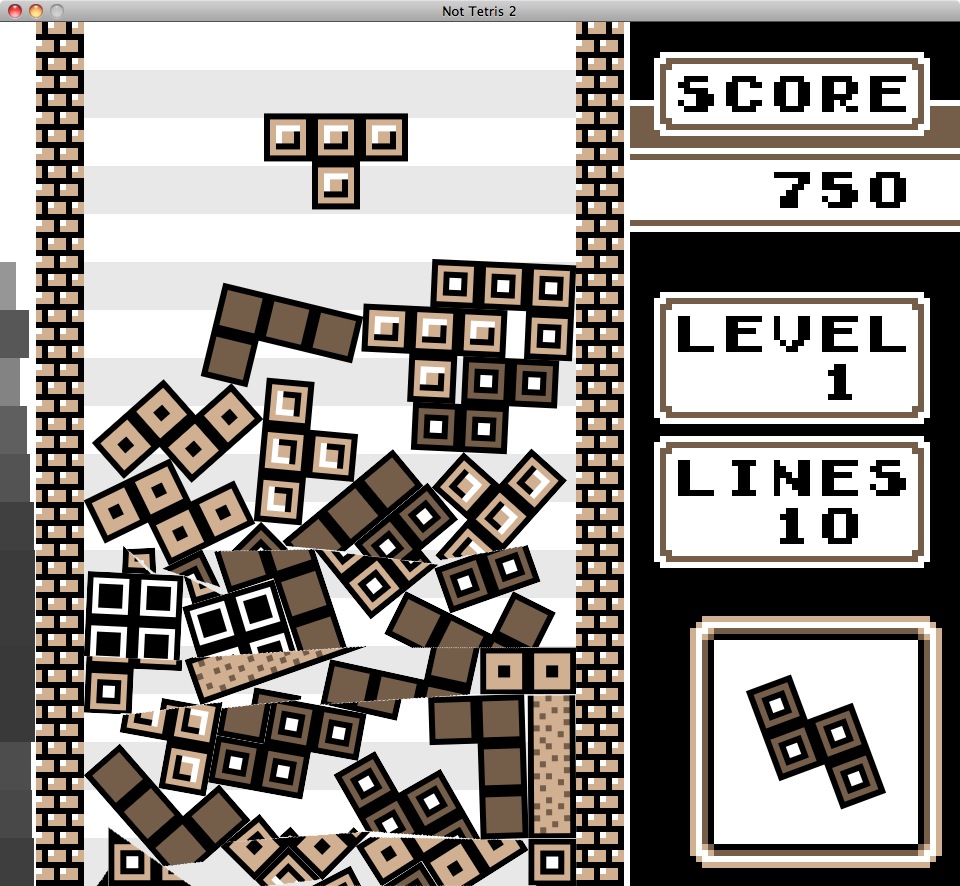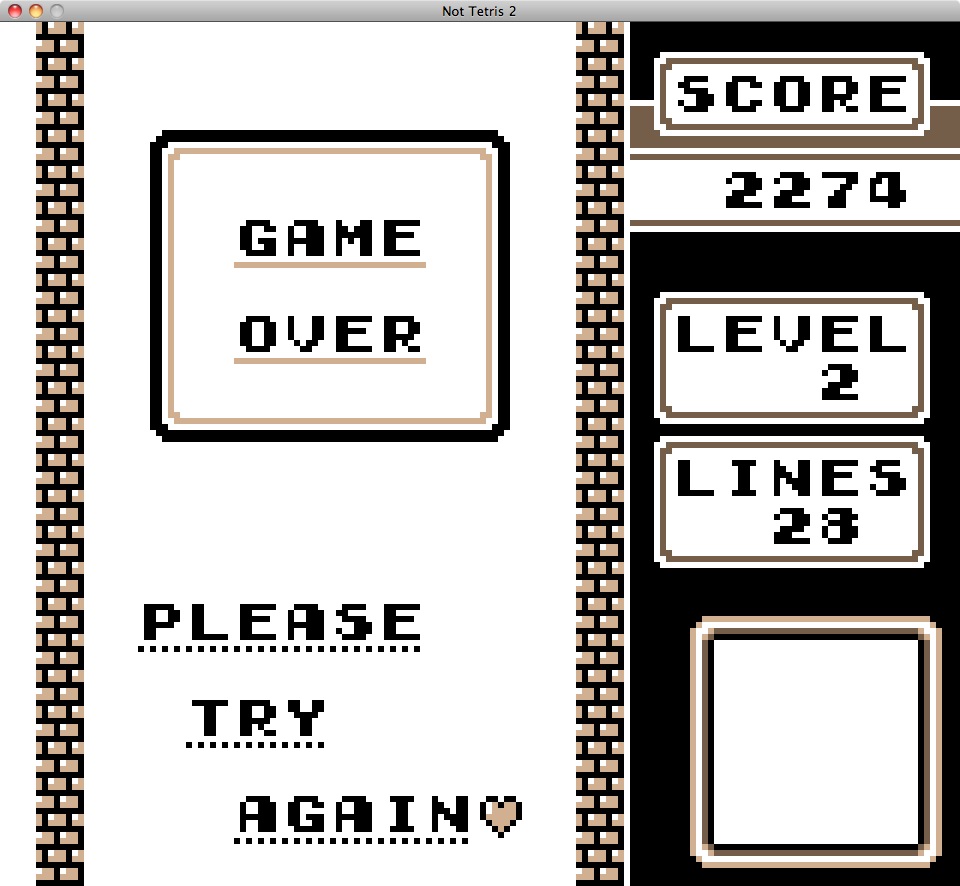The Apple II powering the Lenin Museum
| December 2nd, 2019 1:50 PM by Ken Gagne | Filed under Mainstream coverage; Comments Off on The Apple II powering the Lenin Museum |
While the Apple II enjoyed broad success in the United States, it was not widely available in many other geographic regions due to distribution and trade regulations. Russia. Instead, the USSR had the Agat, a 6502-based computer with limited compatibility with the Apple II. Any actual Apple II computers in Russia are more likely to be found in museums as part of modern exhibits about historical computers.
So imagine my surprise when Apple II recently turned up in Russia’s Lenin Museum, but not as a recent addition: it’s been there for decades, powering one of their long-running installations. The software is the Electrosonic System 4000 (ES4000), which was once also used at the United Kingdom’s National Science and Media Museum. When the Lenin Museum’s curators discovered the ES4000, they recognized its potential for their institution. But:
Soviet law barred them from trading directly with foreign companies, and Agat-7, a Soviet Apple II clone, was unlikely to do the job. It required an external card to run software made in the West, and its 60-pin slots would not fit the 50-pin cards used by the ES4000… That meant the company would need to bring their own Apple computers to the Soviet Union.
To get around Soviet regulations, the deal was signed with a specialized economic body, Technointorg, and carried over through Beech Compix, a British front for the Soviet Chamber of Commerce and Industry. Foreign staff traveled to the USSR, too—but Cascade, a Russian company, took credit for their job, seemingly to preserve the impression that Soviet technology could not be beat.
The Apple II that the museum procured 32 years ago continues to run the exhibit to this day.

Photo by Yuri Litvinenko of Atlas Obscura.








